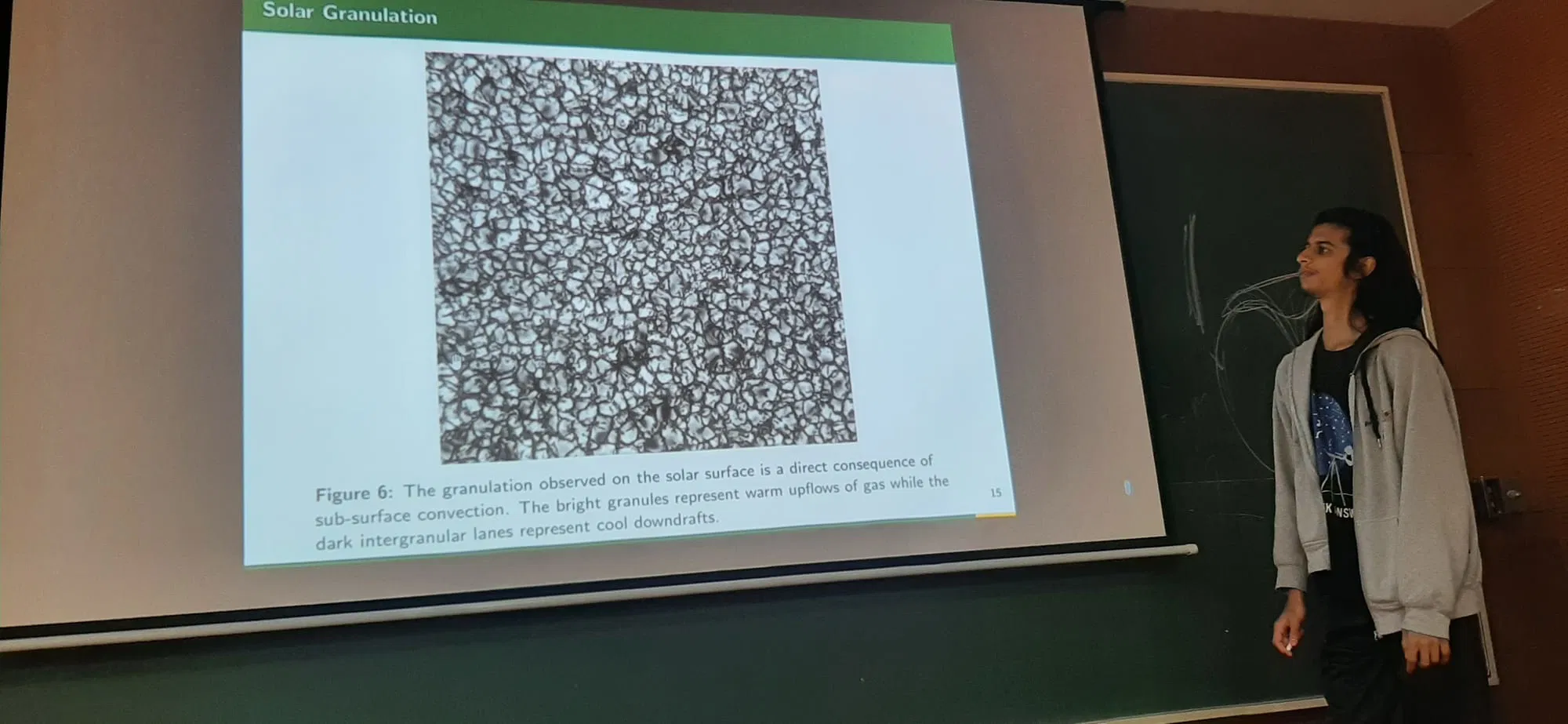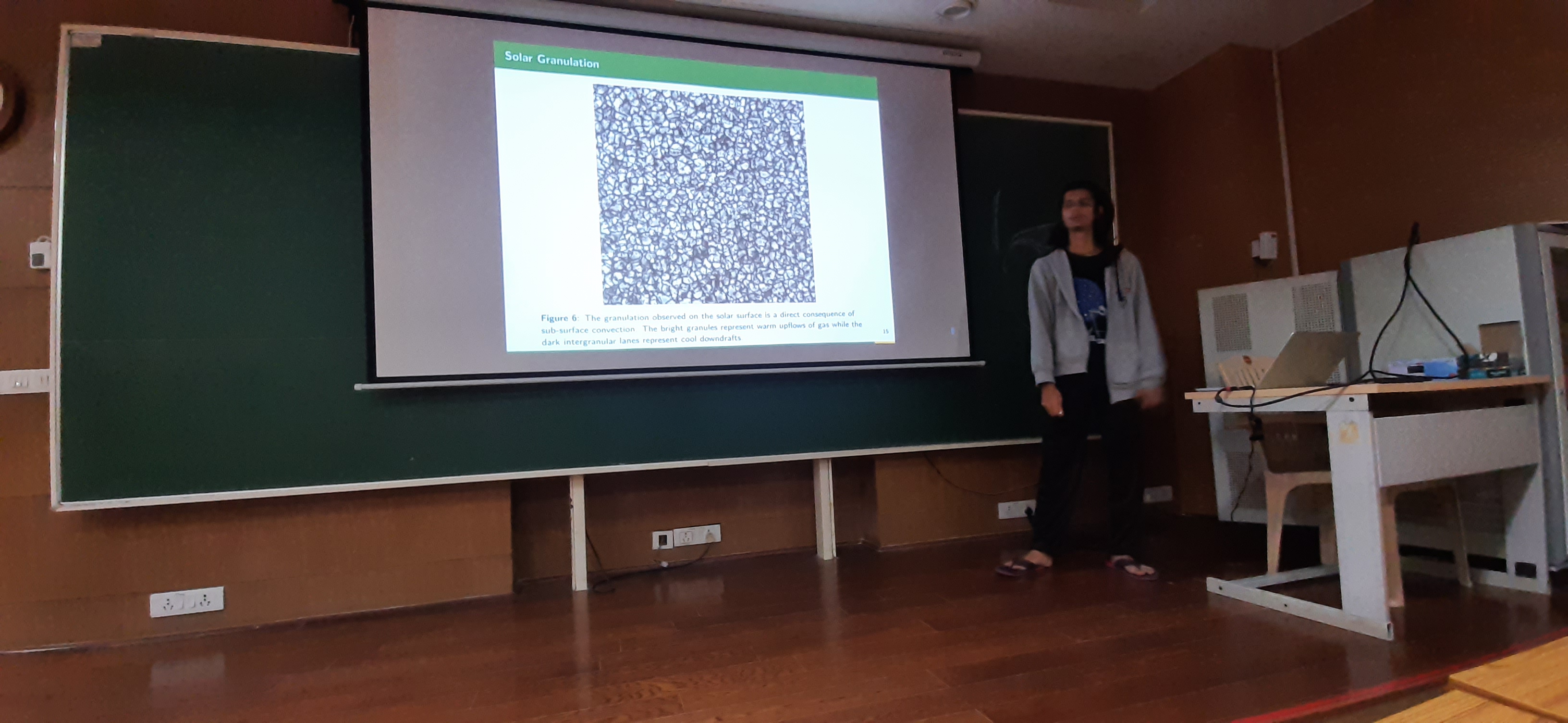Convection is an important mode of energy transfer in stars. Energy released by nuclear fusion is distributed outwards, propelled by thermal fluctuations and large-scale motions of gas and plasma. However, an accurate and complete theory describing convection in the solar interior has not yet been established, and rightfully so, since the physics dealing with large scale fluid motions (that too in the presence of magnetic fields) is extremely complicated and much of the observational evidence is restricted to surface measurements. Thus, physicists have come up with an approximate theory, termed the Mixing Length Theory (MLT) that partially explains the observational results. I will discuss some of the basic aspects of this theory and some of its main implications and predictions. I will also give some insights as to why this theory is approximate and discuss some of the modifications made to make it more accurate and in-par with observations

